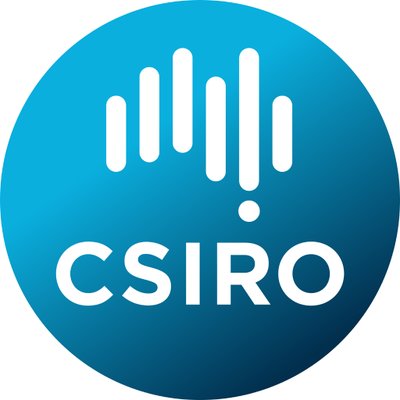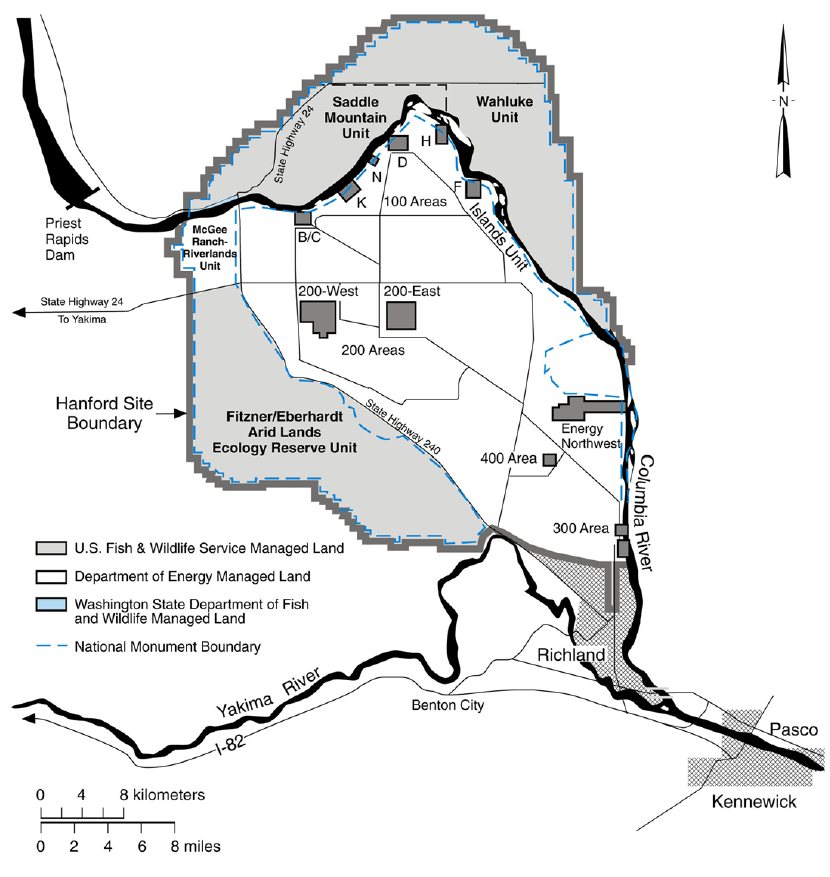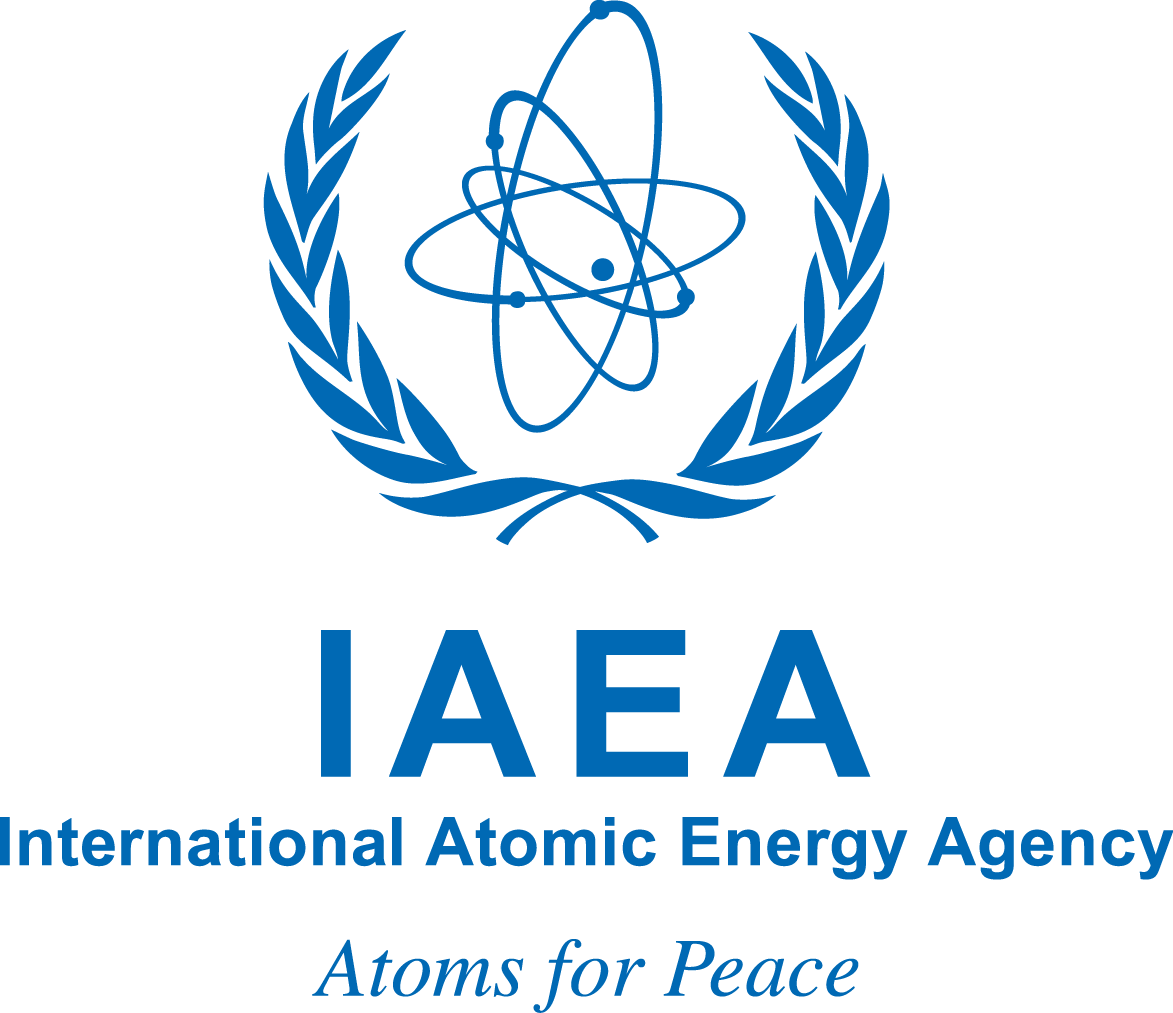“Crowdsourcing is a sourcing model in which individuals or organizations obtain goods and services. These services include ideas and finances, from a large, relatively open and often rapidly-evolving group of internet users.” Wikipedia
The International Atomic Energy Agency says on its website, “The IAEA is the world’s center for cooperation in the nuclear field, promoting the safe, secure and peaceful use of nuclear technology. It works in a wide range of areas including energy generation, health, food and agriculture and environmental protection.”
The IAEA is holding its annual General Conference this week. At a session with twenty-five members in attendance, there was a discussion of the use of robotics for nuclear safeguards and verification. The third IAEA Robotics Challenge is currently being held and will conclude in two months. The Robotics Challenge is a crowdsourcing initiative dedicated to finding new technologies that could be used to further IAEA goals.
The IAEA sends out teams of inspectors to check out nuclear power plants of members. These inspections often require repeated measurements in places that are hard to access physically or have hight levels of radiation that would endanger the inspectors. Robots could assist the inspectors by going into difficult to access places and would be less harmed by high radiation levels.
Dimitri Finker is the Technology Foresight Specialist in the Department of Safeguards at the IAEA. He said, “Collecting data in the field is an area of safeguards work that is manual and resource intensive, both for the IAEA and for the operator. The use of robotics could free up inspector time to focus on analyzing data.”
The first IAEA crowdsourcing Robotics Challenge was held in 2016. It focused on enhanced image processing techniques for an existing instrument used in safety inspections. This device is referred to as the Improved Cherenkov viewing device (ICVD). The ICVD is used to verify that spent nuclear fuel rods have been removed from the reactor core and transferred to a cooling pool. The ICVD allows inspectors to certify that a certain number of spent fuel rods are present in the cooling pool.
The second Robotics Challenge was held in 2017. There were twelve participating teams from Canada, Finland, Germany, Hungary, Israel, South Korea, Switzerland, the UK and the USA. The teams showed off their ideas in November of 2017. The event was co-hosted by the IAEA and Commonwealth Scientific and Industrial Research Organization’s (CSIRO), which is a major Australian data innovation network. There were two categories at the competition. One consisted of devices and methods for measuring gamma radiation on land based installations. The other was aimed at verification of radiation sources under water. There were three proposals for floating platforms which showed excellent potential for navigation on a body of water while taking clear photos.
Alberto Elfes is the Chief Research Scientist and Group Leader for Robotics at CSIRO. He said, “Robots have a multitude of game-changing applications across industry, and there are major safety, productivity and efficiency gains to be made from adopting them.”
As was mentioned above, the third Robotics Challenge is being held now and the results will be demonstrated with fields tests this fall.
Blog
-

Nuclear Reactor 616 – The IAEA Is Holding Robotics Challenge For Equipment To Assist Instpections
-

Geiger Readings for Sep 21, 2018
Ambient office = 116 nanosieverts per hour
Ambient outside = 77 nanosieverts per hour
Soil exposed to rain water = 80 nanosieverts per hour
Pineapple from Central Market = 92 nanosieverts per hour
Tap water = 127 nanosieverts per hour
Filter water = 114 nanosieverts per hour
-

Radioactive Waste 349 – New Agreement Between State Of Washington and U.S. Department Of Energy Over Dangers To Workers
I have blogged before about problems at the Hanford Nuclear Reservation in south central Washington State. The federal government manufactured nuclear weapons at the site for decades with little regard to the safety of workers and the environment. Toxic mixes of radioactive materials and dangerous chemicals were poured directly into trenches dug in the dirt. Later, these toxic liquids were poured into single-walled buried tanks which soon began leaking into the soil. Double-walled tanks were constructed and some of the liquids were moved to those but the new tanks began leaking too.
Workers were repeatedly exposed to vapors leaking from the tanks. The DoE regularly issued statements to the effect that there was little risk to the workers and no permanent health problems. On the other hand, many workers complained of permanent damage to their health and some were unable to continue working.
Critics of safety at Hanford say that hundreds of workers have been endangered by vapors leaking from the underground storage tanks at Hanford. These vapors
can include ammonia, nitrous oxide and dimethyl mercury.
The State of Washington has repeatedly taken the U.S. Department of Energy to court over delays in cleanup of the Hanford site. Recently, a tunnel collapsed that was used to transport materials from a nuclear reactor to a plutonium processing plant. The DoE said that there was no release of radioactive materials, but workers reported health issues following the collapse releasing vapors from the tunnel. There have been reports of finding radioactive materials in the areas and on workers vehicles near the collapsed tunnel.
Bob Ferguson, the Attorney General of Washington, has been working hard to improve protections for workers’ health and safety at Hanford. On Wednesday, he announced a new settlement agreement with the DoE that should protect workers from vapor releases in the future. The agreement suspends a three-year lawsuit against the DoE and their civilian contractor at Hanford, Washington River Protection Solutions. The law suit was scheduled to go to trial next June.
Ferguson has described a “culture of indifference to worker safety” at Hanford. He said that the new agreement could be a turning point for workers at the Hanford tank farm. DoE will be testing what they say are “groundbreaking” technology to capture and destroy tank vapors.
Ferguson says that the DoE has failed the Hanford workers for years. He hopes that “We’re finally moving towards a lasting solution. We should not have had to file a lawsuit. It shouldn’t have come to this.”
A spokesperson for the DoE said that the agency was pleased with the new agreement. She went on to say, “We’ve acknowledged there is still room for us to continue to improve.” She also said that the DoE priority was to work together with the contractor to “make sure the workers are safe and comfortable with the safety measures in place.”
Under pressure from the State of Washington, the DoE has repeatedly promised to change the ways things were being done at Hanford. Deadline after deadline has passed without the promised work being done. I certainly hope that this new agreement results in the needed changes but judging from past performance, the odds are not good. -
Nuclear News Roundup Sep 20, 2018
-

Geiger Readings for Sep 20, 2018
Ambient office = 81 nanosieverts per hour
Ambient outside = 121 nanosieverts per hour
Soil exposed to rain water = 123 nanosieverts per hour
Avocado from Central Market = 79 nanosieverts per hour
Tap water = 102 nanosieverts per hour
Filter water = 86 nanosieverts per hour
-

Nuclear Reactors 615 – World Nuclear Association Presents Seven Steps To Promote Nuclear Power – Part 3 of 3 Parts
Part 3 of 3 Parts (Please read Parts 1 and 2 first)
Innovation:
With respect to innovation, Chudakov said that the global nuclear industry was making progress in the development and implementation of high-level nuclear waste repositories which will ultimately have a “profound impact” on the political and public acceptance of nuclear power. A major challenge for the nuclear industry is creating and retaining skilled personnel to ensure a competent nuclear workforce for all phases of the life cycle of a nuclear facility.
Chudakov said, “When the Members States see nuclear as a key contributor to their achievement of sustainable development and climate mitigation targets, the enabling conditions and policies will also change,” he said. There are two key things the industry must do, he added. The first of these is maintaining the current fleet – the “workhorse of low-carbon energy production” – for as long as safely possible.”
“This will take us to the 2050s,” he said. “And then, the innovative systems that are now under development kick in. Fast reactors, high temperature gas-cooled reactors, small and medium sized or modular reactors, and especially coupling them with other industrial purposes (cogeneration) will ensure that we are indeed talking about a sustainable energy system.”
Radioactive Waste Management:
The management of radioactive waste practices must convince the public that the industry has successful programs for managing the entire lifecycle of nuclear facilities. He mentioned Artemis which is an integrated review service for handling nuclear waste and used fuel. Artemis provides great opportunity for cooperation in management, decommissioning and remediation programs. International Artemis teams are created by the IAEA to provide independent expert opinion and advice. The reviews are based on the safety standards and technical guidance of the IAEA, as well as international good practices.
Capacity Building:
In order to expand nuclear capacity, there must be development of human resources in the nuclear industry for existing operators and the next generation of nuclear operators for the new nuclear power stations. He said, “We need to consider new ways of learning and development for our workforce, alongside effective education, training and knowledge management to ensure we equip our people for the future.”
Public Acceptance:
Public acceptance of nuclear power is a critical factor for the future of the nuclear industry. Acceptance depends on public perceptions of the benefits and risks associated with nuclear power generation. He also said that the benefits and risks of non-nuclear alternatives should also be considered.
Chudakov said, “We need to explain and to start education at all levels, from kindergarten, school and university, to parliament and ministers. We should not be ashamed to talk about nuclear energy; we are always defending ourselves, but it’s time to start attacking – to actively explain and promote nuclear power.”
“Public opinion about the future of nuclear power is perhaps the most important variable that will determine whether nuclear power will help us meet our development and climate goals, or whether we will fail. We will greatly improve our chances for success if our efforts can shift the paradigm from gaining public acceptance of nuclear power to generating well-informed public demand for nuclear power. We must reinforce the benefits of nuclear power. This is a big, but a vitally important task and it will require enhanced international cooperation.”
This presentation contains good advice for the nuclear industry, but it also highlights that believing that progress in nuclear power generation will ultimately make much difference in climate change mitigation may be grasping at straws. While enthusiastic promoters of nuclear power make pie in the sky projections of getting twenty five percent of our electricity from nuclear power by 2050, the sober best case scenario in Chudakov’s speech does not even reach six percent. I have to ask if all the problems with nuclear power that I have detailed in the years I have been writing this blog are worth dealing with for a few percent of our low-carbon needs to slow rising global temperature. -
Nuclear News Roundup Sep 19, 2018
-

Geiger Readings for Sep 19, 2018
Ambient office = 119 nanosieverts per hour
Ambient outside = 82 nanosieverts per hour
Soil exposed to rain water = 85 nanosieverts per hour
Carrot from Central Market = 107 nanosieverts per hour
Tap water = 105 nanosieverts per hour
Filter water = 97 nanosieverts per hour
-

Nuclear Reactors 614 – World Nuclear Association Presents Seven Steps To Promote Nuclear Power – Part 2 of 3 Part
Part 2 of 3 Parts (Please read Part 1 first)
Chudakov specified seven influences that he thinks are important to support nuclear power which include safety, funding, electricity markets and nuclear policies, innovation in reactors and fuel cycles, managing waste, capacity building and public acceptance. In his presentation, he said that he wanted to show how these different factors will impact whether future growth of nuclear power will follow the IAEA’s low or best case projections.
Safety:
With respect to safety, he said “Of course, we can stop talking about safety, but we can’t prevent people asking us about safety and they have the right to. The safety performance of nuclear installations is crucial to the future of nuclear power, as a strong safety record is essential for its public acceptance.”
Chudakov said that ways to improve safety include the following. The IAEA has a mission to help synchronize safety protocols across all one hundred and seventy of its member states. Sharing of operational experience will provide more open access to information. Emergency preparedness policies must be developed to provide better exchange of technical information. There should be drills that simulate severe accidents to make more use of IAEA and other bodies of international experience. A management and safety culture must evolve which makes use of multilateral cooperation.
Chudakov said, “The more we share our operating experience, the better our resilience to events will become. Fukushima has demonstrated to us that we need to be joined-up when responding to significant events in our industry, we can do this by improving our exchange of technical information around the plants, but we need to continue identifying areas where we all have to work harder.”
Funding:
With respect to funding nuclear power, financing is required at multiple points in developing or expanding a national nuclear energy program. One major requirement is the establishment of a nuclear regulatory body. There are also requirements that financing be secured to cover decommissioning and waste management. Growth of nuclear power is being heavily impacted by the decline in the prices of natural gas and the deployment of big renewable energy project. There are big variations in demand for electricity between members of the Organization for Economic Co-operation and Development and non-members. The lack of a meaningful way to price carbon dioxide release is also a problem.
Chudakov said, “Yes, financing new nuclear build is challenging, but new ways of thinking have produced new ways of finding money. We see this in Turkey, in Finland, in the UAE, in the UK. But the underlying question is: How can governments create more enabling conditions so that nuclear can be more affordable?”
Electrical Markets and Nuclear Policy:
The answer to Chudakov’s question about financing is closely connected to electricity markets and nuclear policies. Newcomers need to be supported and brought into synchronization with experienced nuclear operators. A nuclear power plant must be carefully managed for the over sixty years of projected operation.
Please read Part 3
